On Holistic Education
If tapped into, contemporary technologies one will likely have the sense that things are accelerating. Rapid “change” is this time period’s theme, transformation being really the only constant in the cosmos. Nothing is the same ever from second to second. So then it makes sense to contemplate on how people can not just keep up with transformation, but thrive and advance from it.
You see, our societies are so caught up on how to keep pace that they forget solving problems requires being ahead of the curve, seeing outside the existing concepts to devise fresh approaches. Once a concept is understood and mastered, it can then be evolved. We excel at building but struggle with the wisdom to solve problems our creations create.
It starts with evolving the education process from a survival mentality to a future-thinking structure. From synthesizing knowledge and tapping the inner wisdom, learners of all domains can arrive at ingenious insights. “Education” in its truest sense means “to bring forth from within” not just external learning.
What are the capacities the homo sapiens sapiens need to produce this kind of thinking? We’ll explore 7 of them in a brief series here.
1- Ego Detachment in Education
Important to note this form of education is life-focused, broader than institutions, where the “university” is actually the universe, where the word sources.
Learners by definition change through experiences. They can be internal reflections or external stimuli; ultimately their accumulation is processed in the mind.
Learners can cultivate a faster growth curve by understanding the differences between their ego-identity and these experiences. When emotionally wrapped up in a situation, one can identify with it to such extent that it merges.
A “failing” grade then turns into, “I am a failure,” instead of it being an experience to learn from. An unfortunate event then becomes, “I’m an unfortunate person.” Many parallels.
Through meditation, learners can develop a healthy distinction between the self and experience, which increases confidence and the power to explore new knowledge.
Eventually, the learner recognizes they are not their title, degree, job, clothing or any human-made term. Rather, these terms become tools to use for further learning.
2- Fluid Intelligence
An intellect is “fluid” when it can perform successfully in cross-functional domains. “Fluid” is just another term to describe the Mushin empty mind, beginner’s mind or whole-brain balance, the metaphysical portrait of neural plasticity.
A learner demonstrates mental fluidity when she can take knowledge from one domain and convert it into application in another while remaining open to learning.
This means….philosophical thinking can add value to a biological discussion, while ethical knowledge can help to create quality technologies that don’t have collateral damage in society.
Whole-brain balance activates logical and imaginative powers, left-right hemispheres, talents children seem to display instinctively, gradually trained out of them in replacement of educational dogma.
With knowledge readily available today, the learner’s edge isn’t being knowledgeable but being wise with the knowledge, attainable through maturing the mind’s fluidity.
3 – Embodiment
Cool fact: electrical signals in the brain can be detected before a person makes a move.
Implication: We have to think of an action before being capable of acting it out. In other words, we can’t do something if unable to form an idea of it. In success literature-speak: if we can’t conceive of it, we can’t create it.
Example: An athlete breaks a record. Then all of a sudden more people break it; a new standard is set. One person created a new concept in the world that entered others’ reality, so it’s now possible for others to do. This happens often and it need not be as extravagant.
Learners can quicken their understanding of concepts by either personalizing it or embodying it, by giving it an expression (What do I look like when calm, strong, peaceful, energetic, etc.?). One technique includes writing.
Prompt: Write yourself into a story and demonstrate how you would express XYZ quality. Produce several stories or reread the one you wrote.
Result: The mere thought of expressing the quality fires off those neural connections that awaken the capacity to do it in the physical world. With this method, learners establish an internal locus of control over external validation.
#4 – Reading
Reading is one of the most accessible pathways for learners to accelerate their education. Despite the availability of books today, people are statistically reading less. Some overlooked benefits:
1. Reading absorbs a person’s lifetime of understanding & knowledge. A book that took an author 10 years to write could be read in 1.5 months or less. Can be re-read without limit. Because mirror neurons are at work when reading, the body-mind responds as if actually being in the experience, similar to visualization exercises Olympic athletes use to enhance their own performance. This is also why readers can cry, laugh or become furious at story characters.
2. Challenges the mind to create imagery from words rather than visual mediums like videos providing data. Enhances imagination and the ability to create mental worlds. Valuable for hypothetical thinking or searching for parallel situations.
3. And reading is sexy.
Supplemental to Books:
Articles: Shorter, niche-specific topics that may involve links for further research
Magazines: Casual-style writing that includes images to reinforce messages
Research Papers: Includes studies for reference, testing, provides insight into patterns
Maxims/Quotes: Short statements that encapsulate larger ideas
#5 – Questions
The question is a source for learning, the root spark from where a learner starts focusing on discovery. No surprise that detectives, statisticians and scientists alike all work hard to ensure before they even start investigating, work is devoted to asking the right questions.
The question is a focus tool, shaped like a hook for a reason. In my book “Sage Mind,” I say questions are arrows and answers are targets. Answer is the bull’s eye while the question is the dart being thrown.
Examples of how questions can support learning:
1. Why am I a failure? Vs. How can I improve?
2. How do I approach this? Vs. What approach has worked before?
3. Why isn’t this working? Vs. What skill do I need for this to work?
#6 – Scientist & Artist
Science and art are domains today taught as separate disciplines. Specialization further divides these two areas such that we associate ourselves as being one or the other, left-brained or right-brained, creative or logical. As mentioned previously, I propose that a person can be and are actually both at the same time, using these capacities in a web of expression, differing in degrees depending on the person’s talents used.
From birth, the child is both an artist and scientist. To perceive the world, make inferences, recognize patterns, act based upon principles, receiving feedback, analyzing, gaining knowledge, intuiting: these make up the scientific mind independent of a degree. Shaping things, mixing materials, making aesthetic, putting thought into things: this is the artist’s mind.
Without science, the individual cannot learn and function. Without art, the individual cannot craft resources according to one’s interests or transmit ideas.
Learners will rapidly grow with the self-knowledge that they’re both artists and scientists by default to survive in the world. From that knowing, learners can tap the deeper benefits from specialization.
#7 – Self-Knowledge
The ancient universities were called “mystery schools” because they taught knowledge that was unknown to the student, but once known the mysteries became knowledge, specifically knowledge of self.
Learners engaging in all sorts of knowledge yet avoids understanding oneself remains bound by external influences, because the puppeteers know the strings and the unaware don’t realize strings exist.
In this series’ final point, the most important, I propose that public self-knowledge curriculum is society’s missing element, that the sages who understood the relationship between ignorance and understanding proposed this for millennia: when an individual removes ignorance, self-clarity is gained and empowers optimal decisions.
This clear sight, as it becomes razor sharp makes us more efficient in living, thus our relationships are more harmonious as each person understands themselves, relates even to strangers better by extension.
Society is made of communities. Communities are made of families. Families are made of individuals. So as one person with self-knowledge grows, so do others through character influence.
Holistic education then, starts with the individual and works its way broader.
Curious about how to apply these principles? Visit MasterLearn and contact me for a consultation.
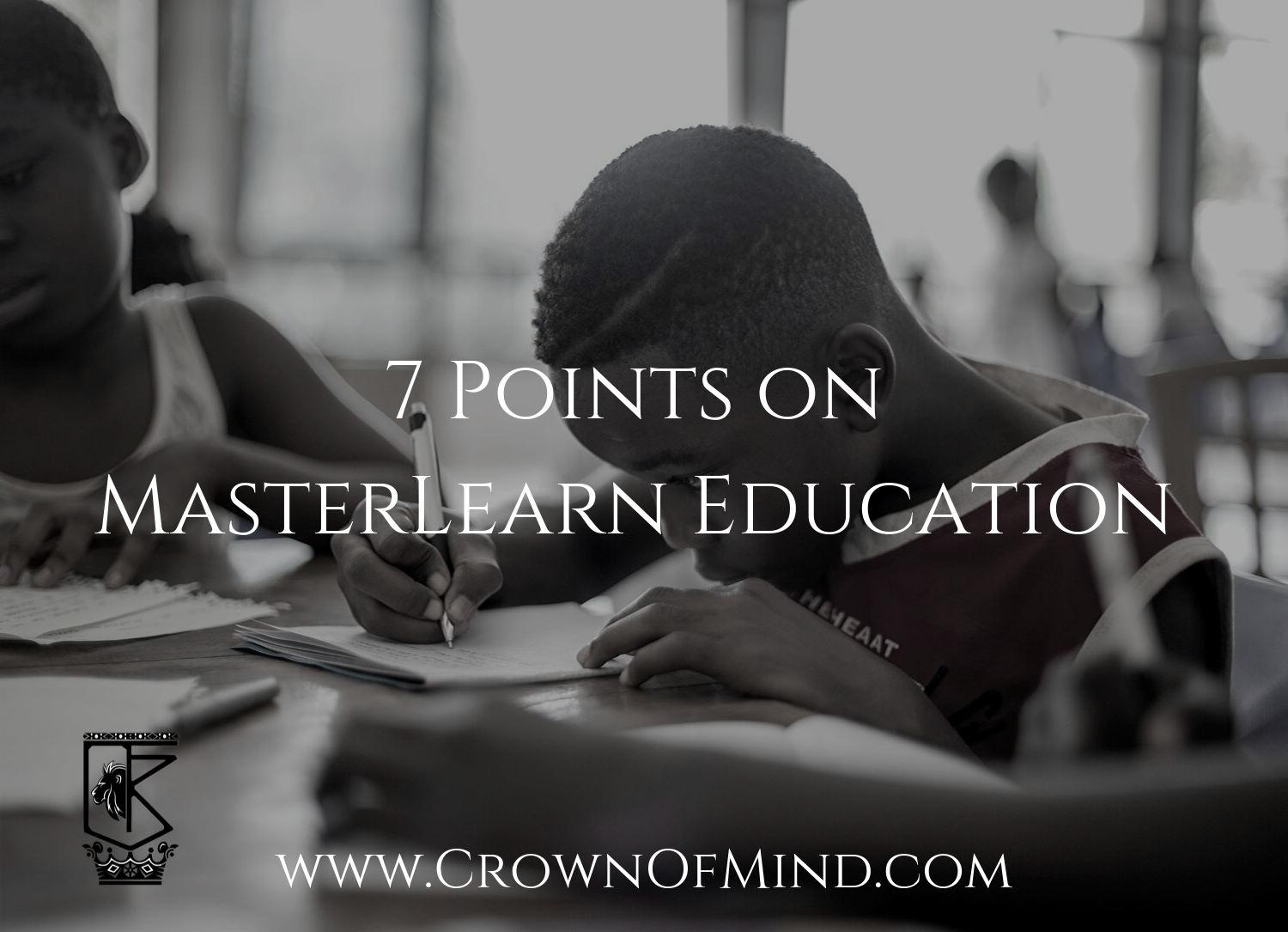

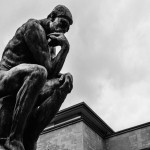
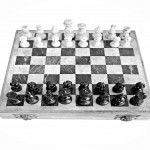
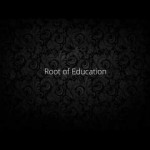
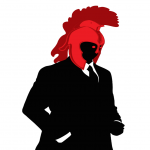

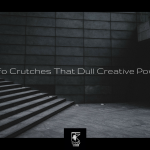



[…] The vampire excels in this space where people are uncertain of their moves, life direction, self-knowledge. The more uncertain, the easier it becomes for the vampire to step in and take advantage of […]
[…] rather than a standardized score. A genius will manifest its potential when it’s given the educational environment to flourish. This means when a child exhibits potential like this, we don’t squander it due […]